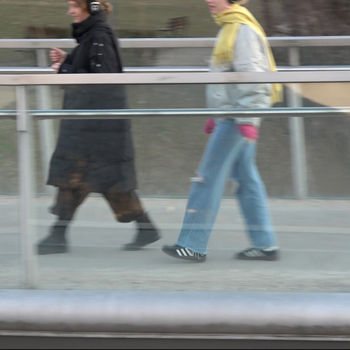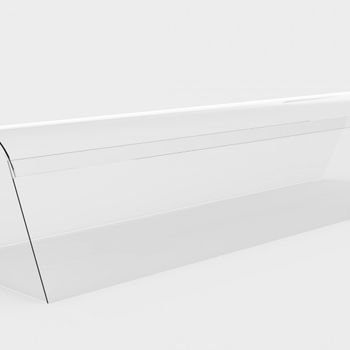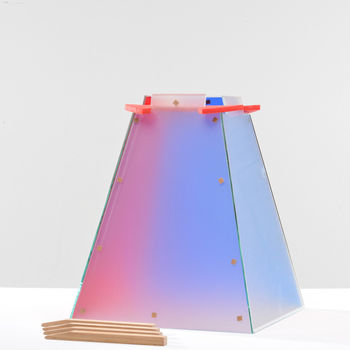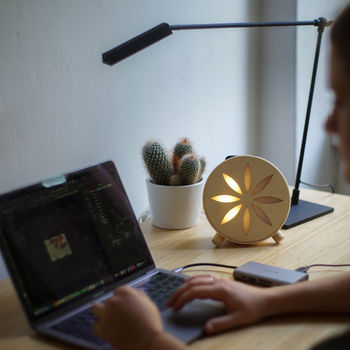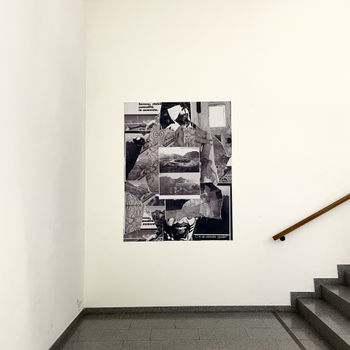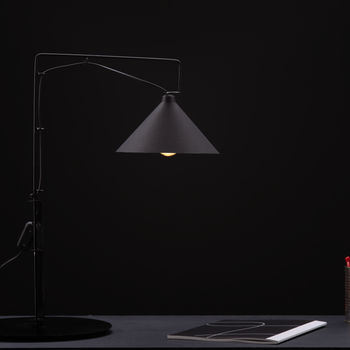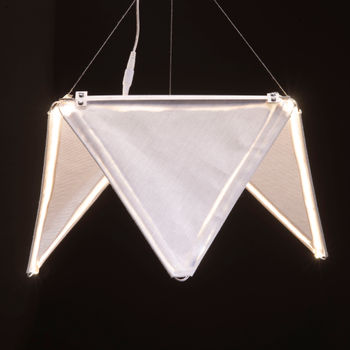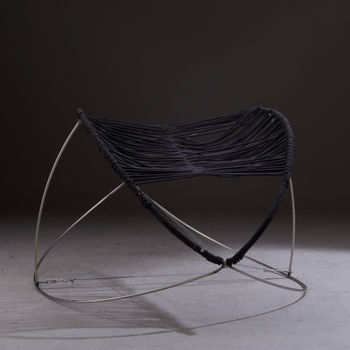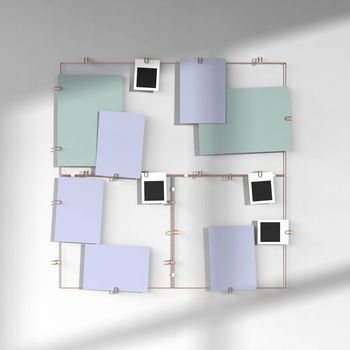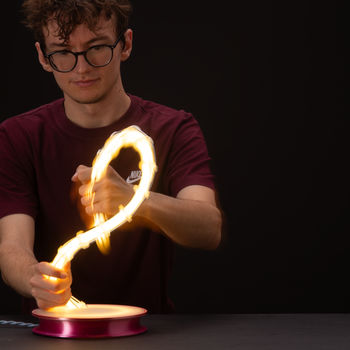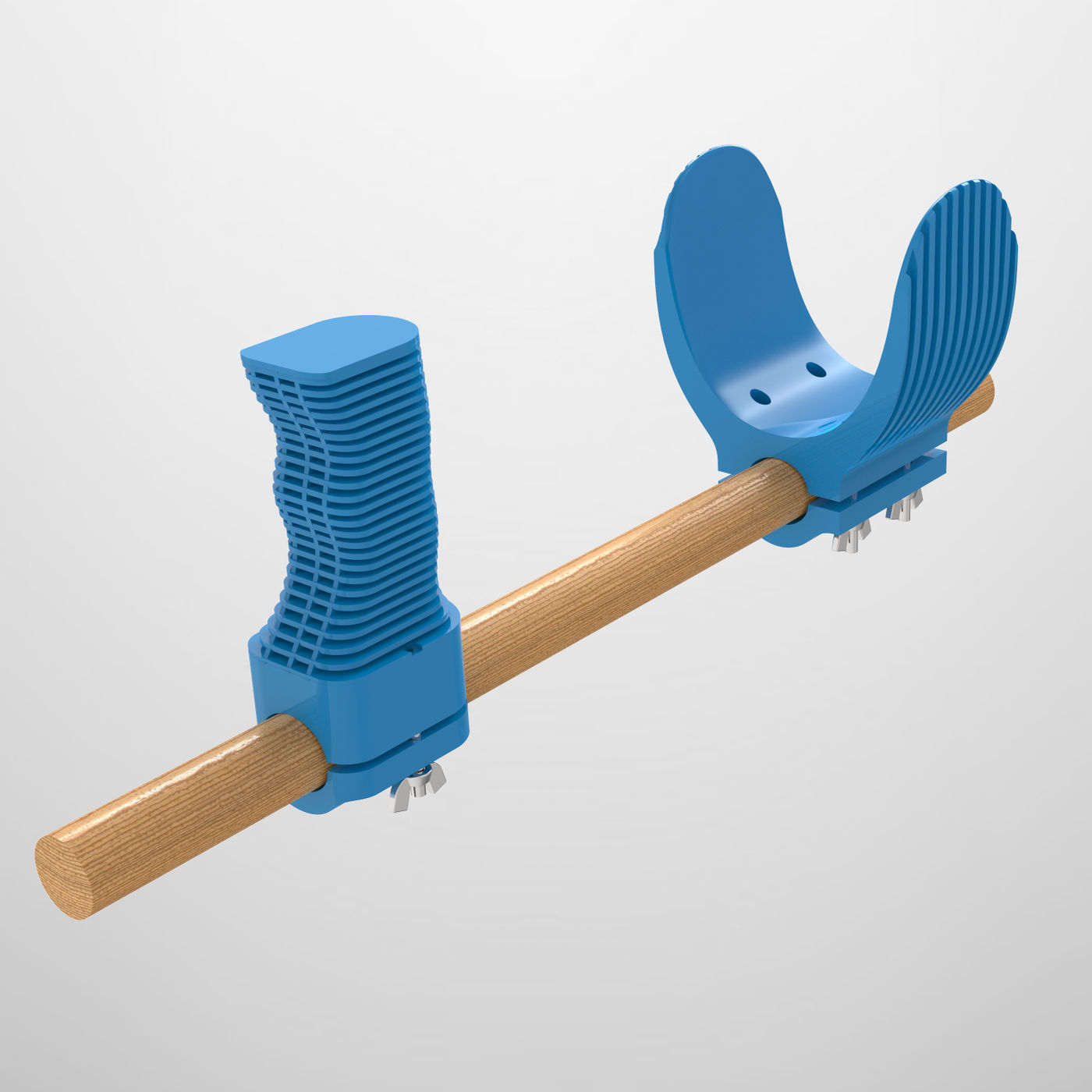BACU – an assistive handle for tools, supporting elderly gardeners
Lucas Leander Geiger Jonathan Zwiessler
THE BACU-GRIP
The „planting.tending.picking“ – project, lead by Professor Klaus Hackl and accompanied by Riccardo Berrone and Tiziana Piccioni, takes the student on a journey: Beginning from a historical research of gardening tools, going through the various stages of ideating and brainstorming, every student slowly finds his way to a unique solution. It was an uncertain and difficult semester, starting with the closing of the university due to a global pandemic and following with the students being stuck in quarantine, but the core principles of the course did not change.
For us, Jonathan and Lucas, it was not different: Inspired by interviews with garden technicians and winegrowers, we started our project with the thorough analysis of the secateur or pruning sheer. Studying the 200 year old history of the tool, we broke it down into its essential components: Blades, spring and handles. Particularly focused was our interest in the later, since the handles are the element which connects the gardener with the pruning sheer, it is the bridge between user and tool. Expanding our research in this direction, we discovered a group of people having problems with the existing handles: Elderly people and the community of disabled.
In our modern society, primarily older people have the time to work in the garden. Rehabilitation approaches use gardening even as a form of therapy, allowing the patients to find to inner calmness outside in open air. But while many gardeners are of older age, only few tools cater to the specific demands of older hands and users. This lack of support for a whole generation of gardeners seemed like a unique opportunity to design something that initiates change.
Discovering that the back, bending down and the wrist are weak points of older people in the garden, the first concept of BACU was born: A long pruning sheer with an extending element at the end, which consists, inspired by the crutch, out of an armrest and a handle.
It stabilizes the gardener in his movement, allows him to work without bending by extending his reach and protects his wrists by transferring the weight from the hand to the forearm.
Recognizing the potential such a system could have in other areas of gardening, bacu was then deconstructed and applied to other tools, e.g. a shovel or broom. A modular and flexible system providing support for gardeners in various disciplines was the result. By using the counter-pressure principle, the user has the ability to operate the tool with one arm only, allowing to to use the other free hand to stabilize himself with a crutch or walking cane.
During the ideating process of bacu, we stayed in close contact with Giulia Wurster, a student of the ergo-therapy-bachelor at the Claudiana university in Bolzano. Together we researched the difficulties elderly people face in the garden and discussed ergonomic designs for the grip and armrest. During these discussions we found out the many similarities between the work of an ergo-therapist and a designer: Both creating objects for people, in the best scenario making the life a little bit better.
The result, BACU (from lat. baculum: crutch), is an exploration of the interaction between gardener and tool, a suggestion to rethink the existing methods of gardening and combine it to something new. By manufacturing the prototype entirely with a 3D-printer, BACU also gives an outlook to a possible future of ergo therapy: With a continues evolution of technology, elderly and patients of the next generation could benefit from customized and affordable assistive devices fitted to the needs of the individual and manufactured by the local designer or therapist.

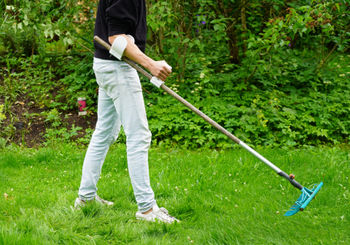

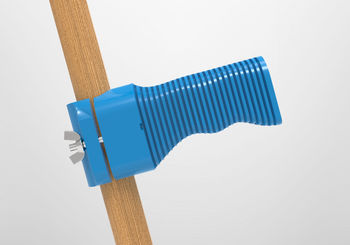

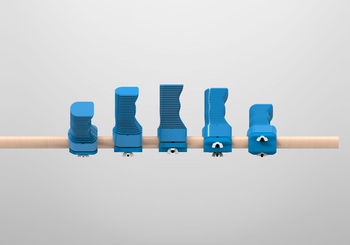
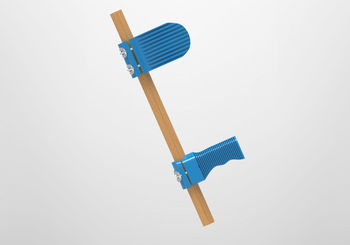
Planting. Tending. Picking.
